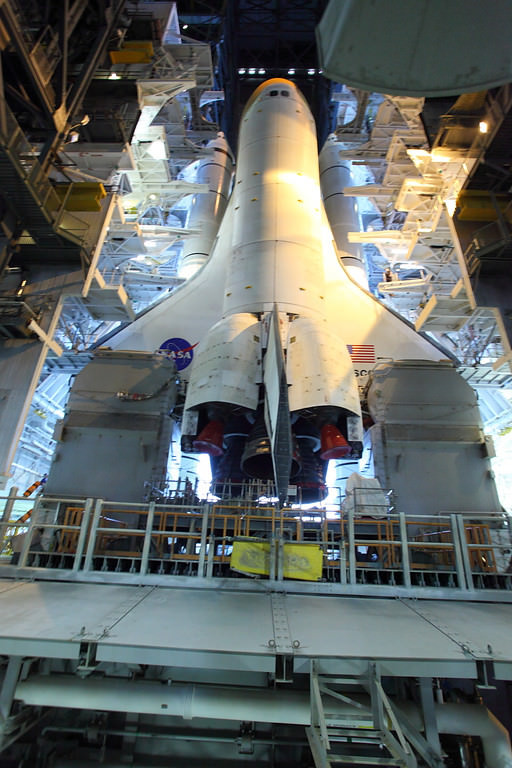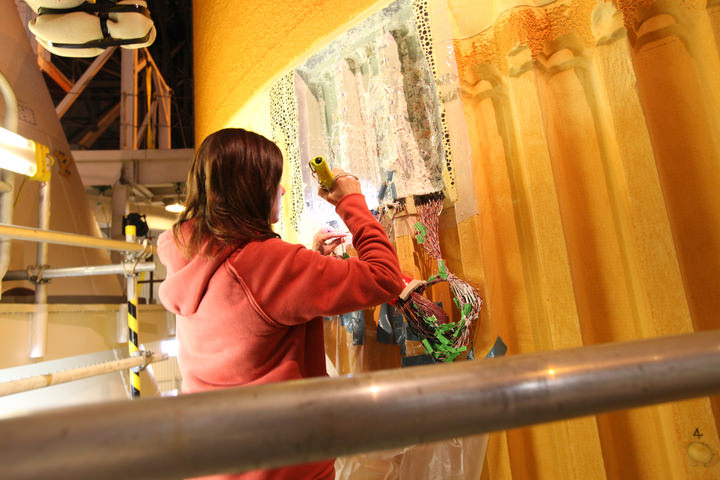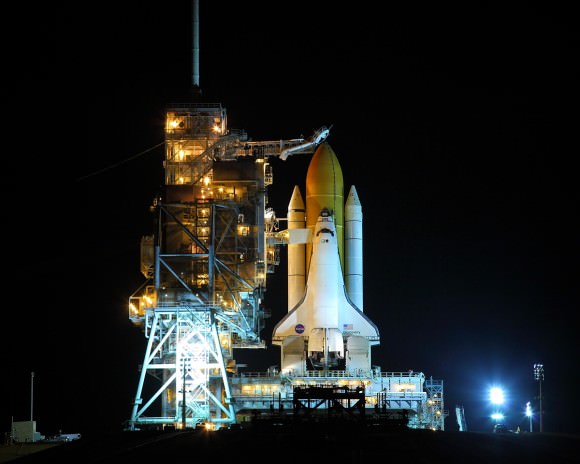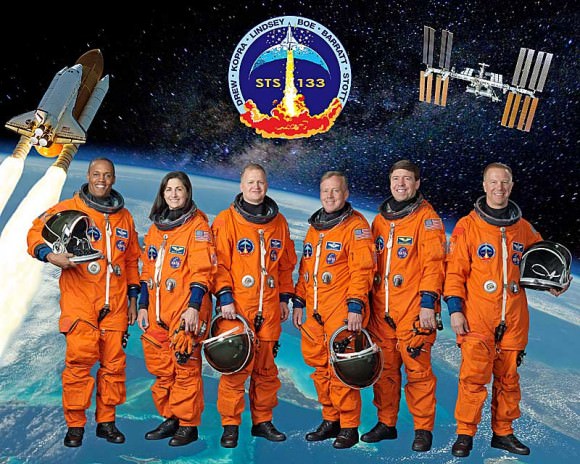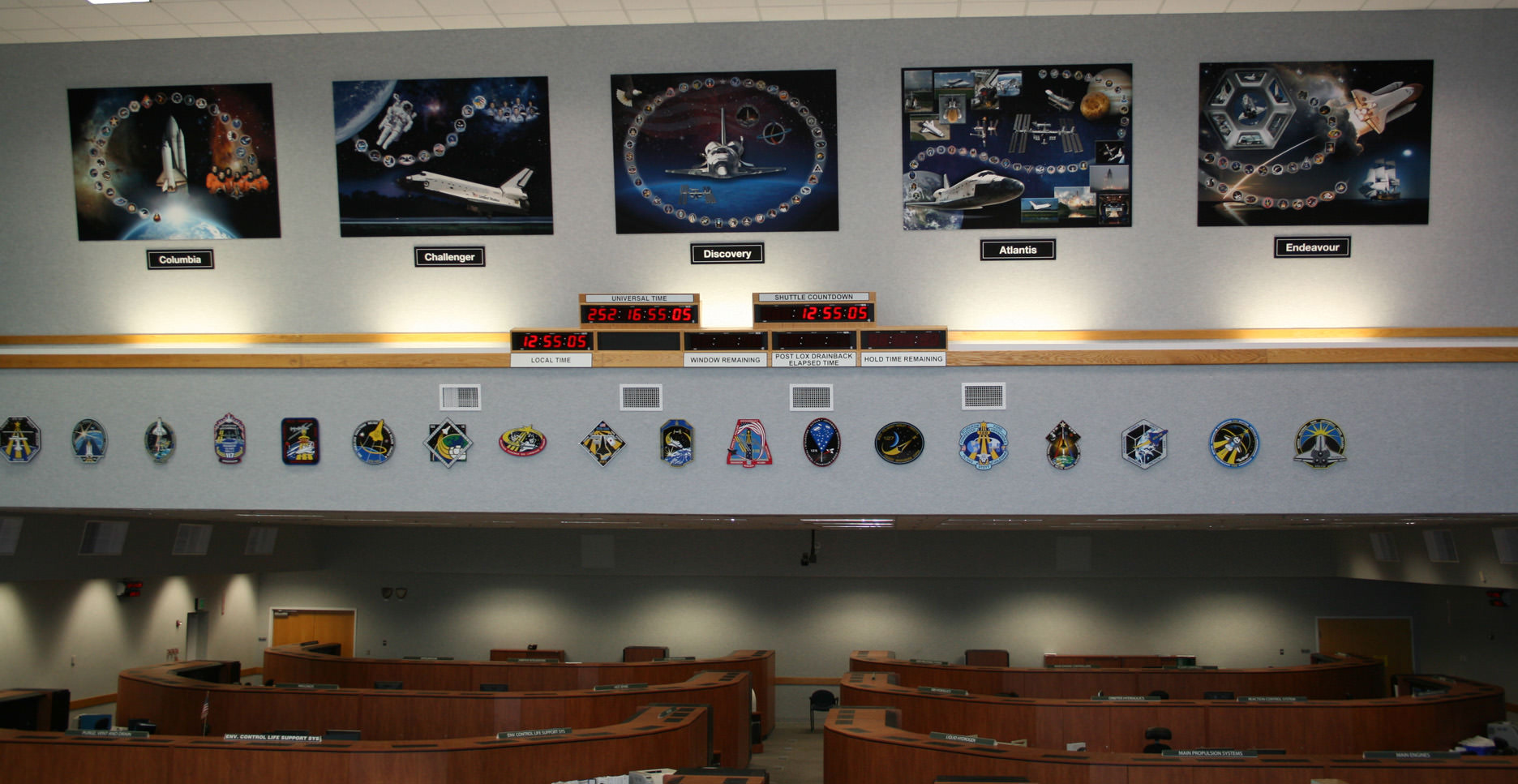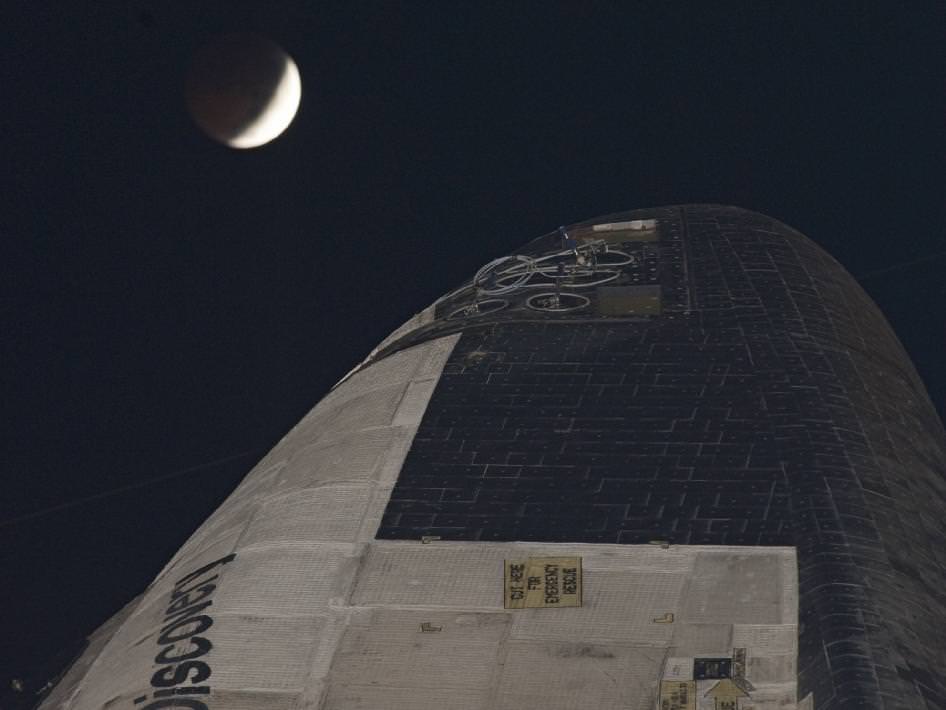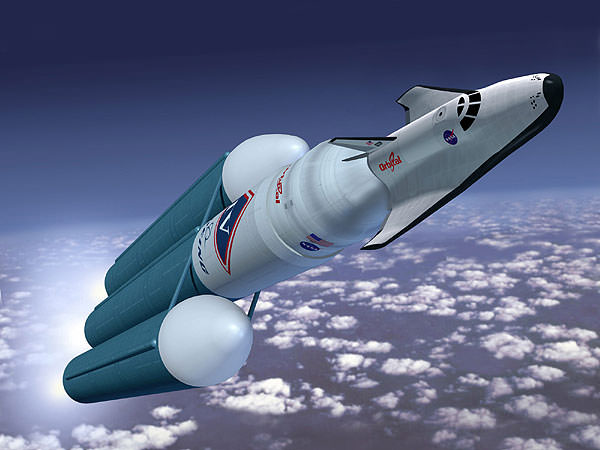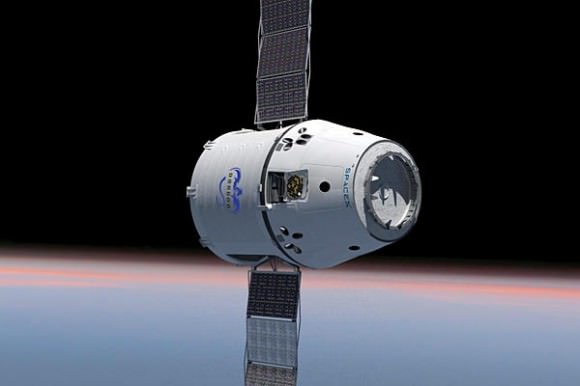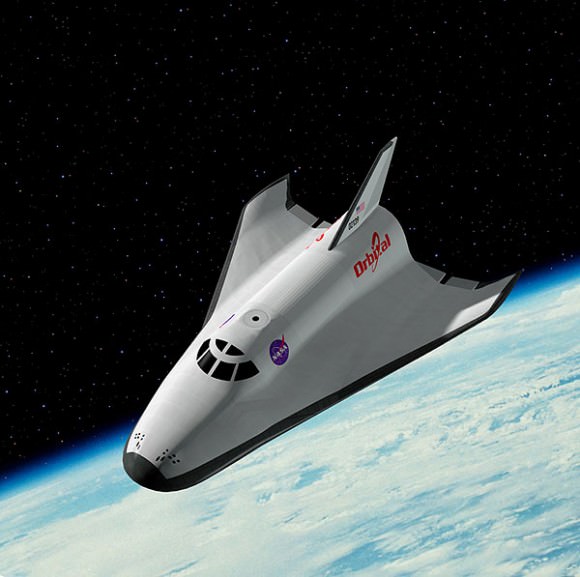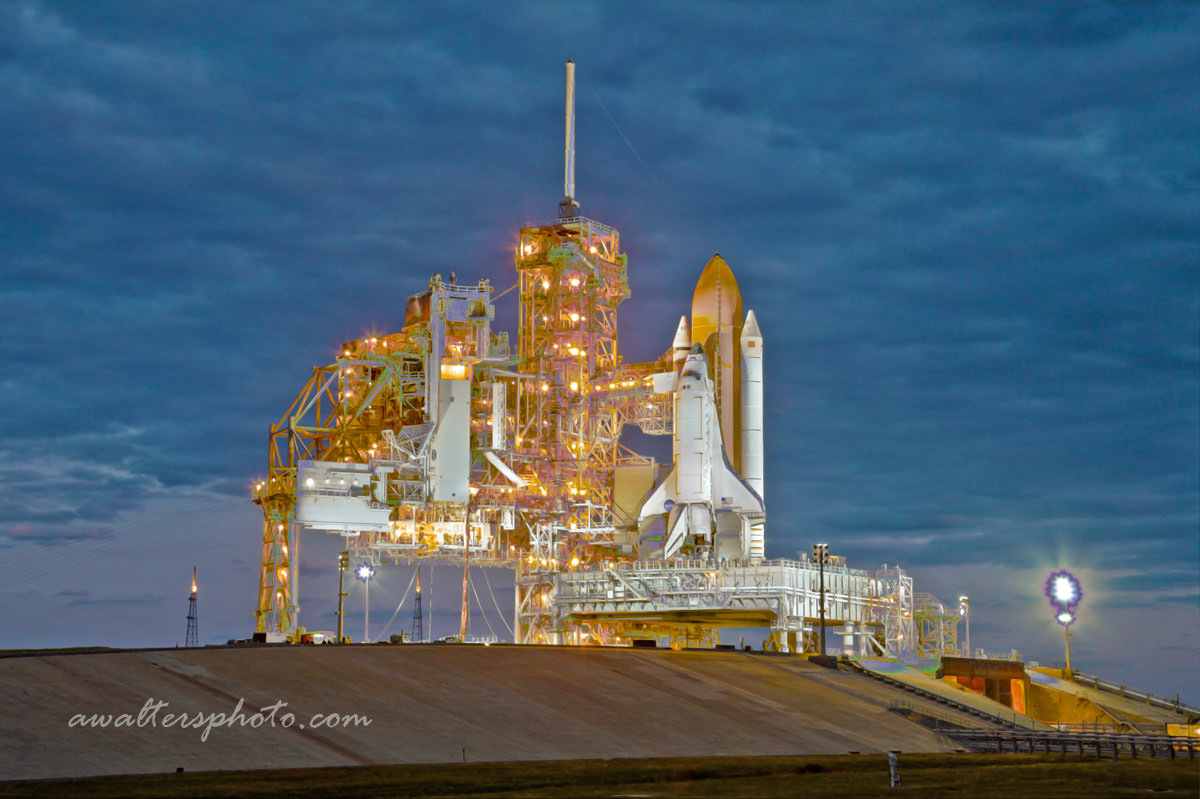[/caption]
NASA managers met on Thursday and ruled out any possibility of space shuttle Discovery’s external tank being ready in time for the launch window that opens on February 3. Now, NASA is shooting for the window that opens on Feb. 27, but is working to see if International Space Station on-orbit operations would allow a launch as early as Feb. 24. More will be known next week and managers hope to set a launch date by January 14.
The space agency reported that progress continues to be made in understanding the most probable cause of cracks discovered on Discovery’s external tank mid-section, known as the intertank. Cracks on support beams called stringers were found after the tank was loaded with cryogenic fuel for a subsequently scrubbed launch attempt on November 5th. Four additional small cracks were found during X-ray examinations of the backside of the tank after Discovery was returned to the Vehicle Assembly Building before Christmas.
Plans are for the repair work to continue through the weekend. The shuttle program also reviewed the plan to modify as many as 32 additional stringers with radius blocks, which will provide added structural support in areas known to carry much of the structural load of the external tank. These radius blocks essentially fit over existing stringer edges through which the securing rivets are installed to provide additional structural support. The radius block modification is a known and practiced structural augmentation technique used extensively on the intertank. This work should begin as soon as the repairs to the three stringers with the four additional small cracks have been completed, likely in the next day or so, and the modification of the additional 32 stringers is expected to be complete next week.
Whether further delays could cause a leapfrog of missions remains to be seen. Launch dates for Discovery and Endeavour will be discussed at the January 13 Space Shuttle Program Requirements Control Board meeting.

